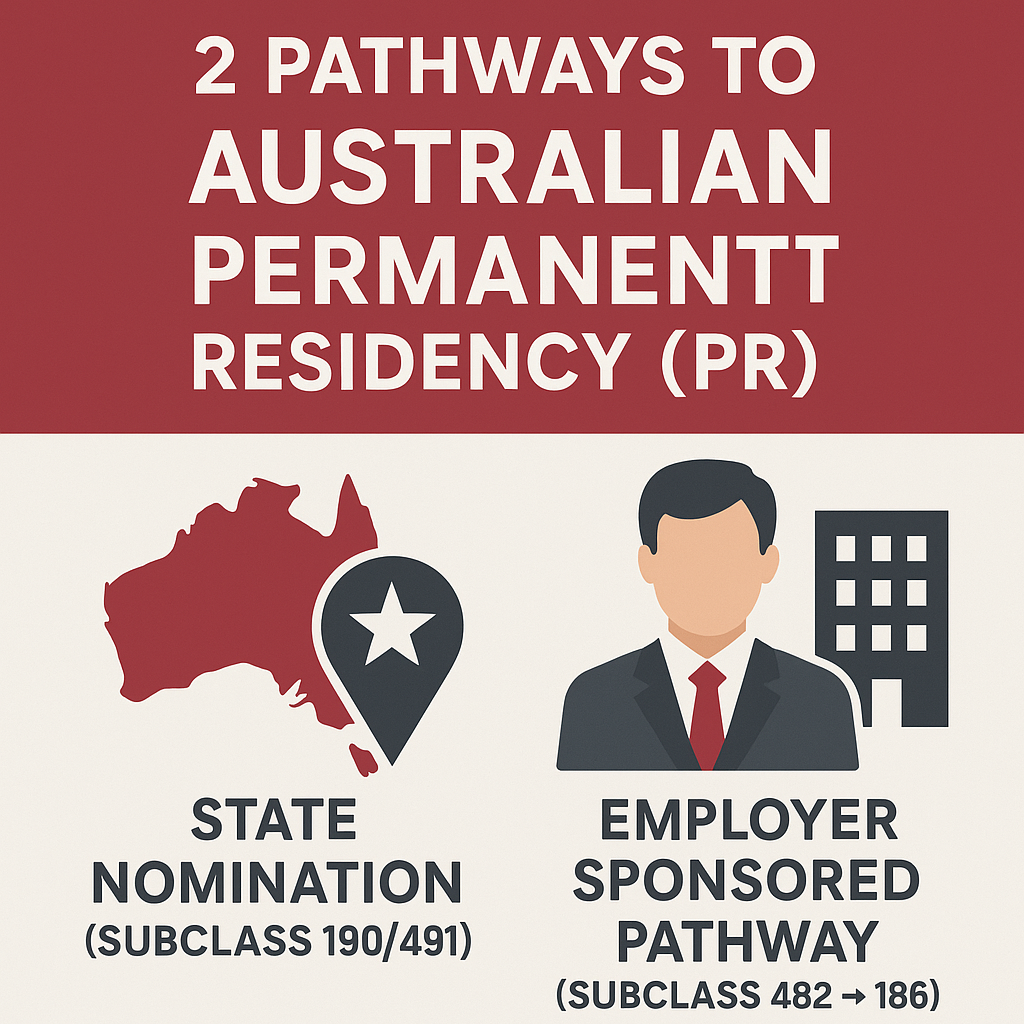
Indian Students Facing Higher Visa Rejection Rates in Australia
Australia has long been a sought-after destination for international students due to its world-class education system, diverse cultural environment, and opportunities for post-study work. However, recent shifts in immigration policy and the housing crisis have led to significant challenges, particularly for Indian students. This article delves into the underlying reasons why Indian students are facing higher visa rejection rates in Australia, despite their growing presence in the global education sector.

The Housing Crisis: A Catalyst for Change
Australia is grappling with a severe housing crisis, driven by a combination of factors:
- An unexpected surge in immigration, especially in 2023, which outpaced housing supply.
- Rising rental costs, making affordable accommodation scarce for students and migrants.
- Delays in infrastructure development to meet the growing demand.
The Australian government has attributed the sharp rise in immigration—primarily due to an influx of international students—as a key contributor to the crisis. To mitigate these pressures, the government introduced measures to restrict student inflow, including tightening visa approval processes.
Disproportionate Impact on Indian Students
While these restrictions were intended to address housing and resource challenges, their application has revealed notable disparities. Indian students, in particular, have faced disproportionately high visa rejection rates compared to their counterparts from other countries, such as China.
Key Reasons Behind the Disparity:
- Fraudulent Applications and Integrity Concerns:
- A rise in fraudulent or incomplete applications from certain regions has raised scrutiny levels for Indian applicants.
- Misrepresentation of financial capabilities or academic credentials has led to stricter checks.
- Risk Profiles by Country:
- The Department of Home Affairs categorizes applicants by country risk levels, with India often perceived as higher risk due to past trends of non-compliance, such as visa overstays or unauthorized work.
- Preference for Low-Risk Applicants:
- The recent Ministerial Direction 107 (now replaced by MD111) prioritized applicants from low-risk countries and sandstone universities. This benefited countries like China, where applications often aligned better with policy priorities.
- Economic and Political Ties:
- Australia’s growing trade and diplomatic relations with China may have indirectly influenced favorable treatment for Chinese students, whose numbers have surged despite the restrictions.
The Contrast with Chinese Students
Chinese students have seen an increase in visa approvals despite the overall restriction on student intake. Several factors contribute to this trend:
- Higher financial thresholds and a perception of lower risk.
- Stronger institutional relationships between Australian universities and Chinese agencies.
- Favorable diplomatic ties, aligning with Australia’s economic interests in China.
What Indian Students Can Do to Improve Their Chances
Despite these challenges, there are actionable steps Indian students can take to enhance their visa approval prospects:
- Ensure Application Accuracy:
- Submit all required documents, including financial proofs, academic transcripts, and valid English proficiency test scores (IELTS, TOEFL).
- Double-check for errors or inconsistencies in the application.
- Demonstrate Genuine Intent:
- Provide a clear Statement of Purpose (SOP) highlighting academic and career goals.
- Show ties to India to mitigate concerns about overstaying or permanent migration.
- Work with Reputable Agents:
- Choose licensed education consultants, like Xpertdevisa, who specialize in Australian student visas and ensure compliance with regulations.
- Opt for Regional Campuses:
- Consider studying in regional areas where the housing crisis is less severe, as these regions often welcome international students with additional incentives.
- Stay Updated on Policy Changes:
- Keep abreast of updates like Ministerial Direction 111 (MD111), which prioritizes certain education providers and applicants for expedited processing.
The Broader Implications
The challenges faced by Indian students reflect broader issues in Australia’s immigration and education policies:
- The over-reliance on international students for revenue has strained housing and infrastructure.
- Unequal treatment based on country risk profiles raises concerns about fairness and inclusivity.
- The housing crisis highlights the need for long-term planning to balance immigration, housing, and resource allocation.
How Xpertdevisa Can Help
At Xpertdevisa, we understand the hurdles faced by Indian students in securing Australian student visas. Our expert team provides:
- Comprehensive guidance on visa applications.
- Assistance with SOP drafting, financial documentation, and meeting compliance requirements.
- Support in choosing the right courses and institutions, including regional opportunities.
Indian Students Facing Higher Visa Rejection Rates in Australia. in recent time all over the world country are restructuring their rules and regulation so it is the time of change but don’t worry we are a call away.



